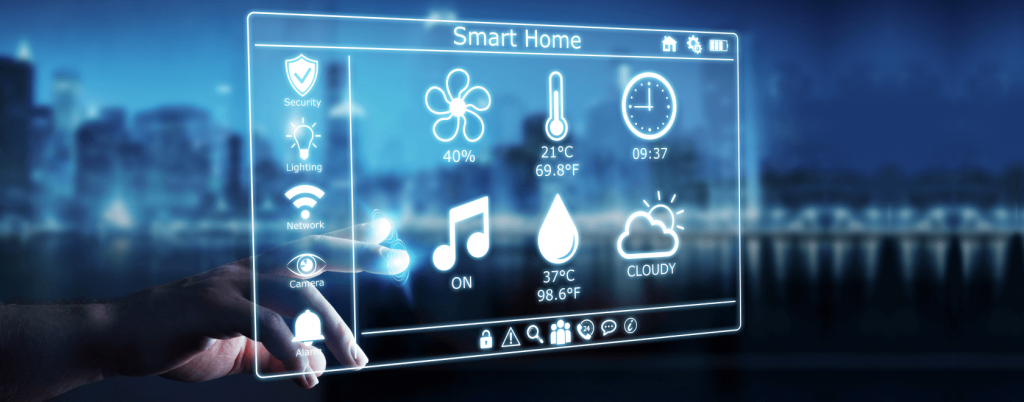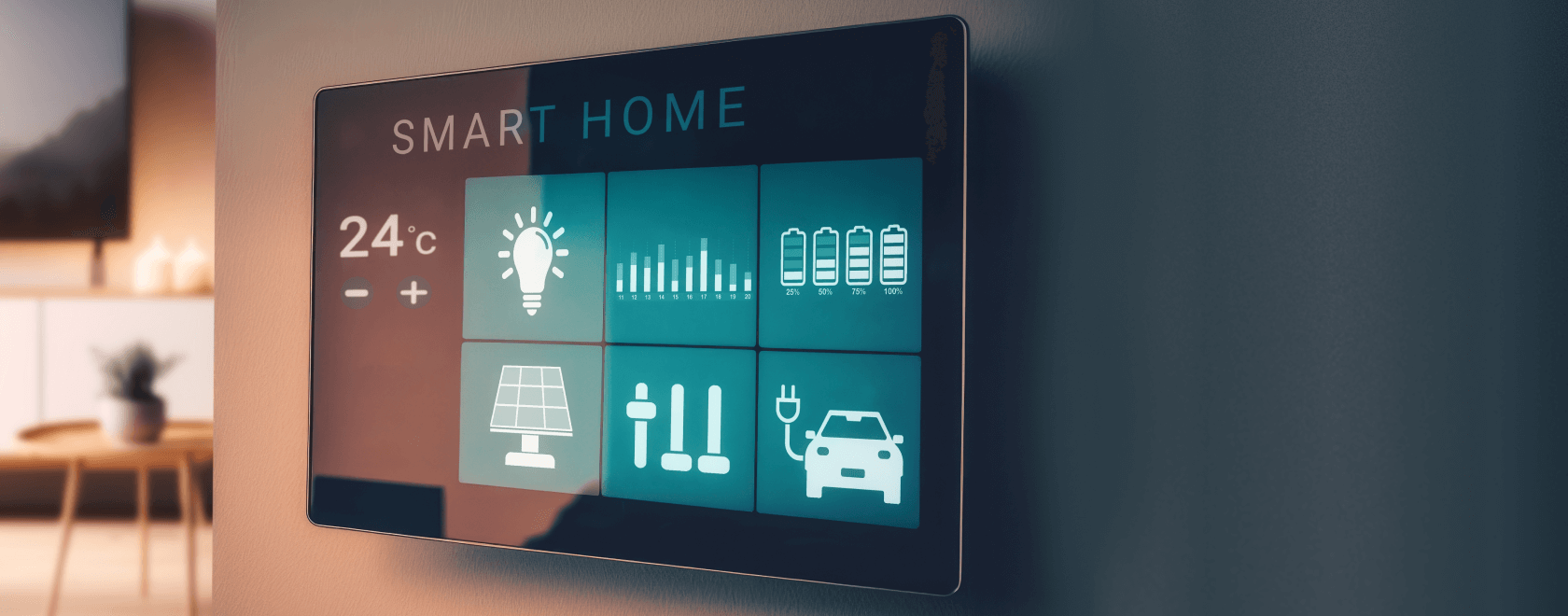In the modern digital household, the boundaries between different types of smart devices are becoming increasingly blurred. Devices once dedicated to narrow purposes—like media players—are now evolving into multifunctional platforms that serve as the nerve centers of connected living spaces. While streaming content remains a core function, the latest generation of media players is capable of much more. By integrating services like calendars, smart cameras, and real-time weather updates, media players are being redefined as powerful “smart displays” that deliver both entertainment and utility.
From Entertainment Device to Household Hub
Traditionally, IPTV set-top boxes and media players were seen solely as gateways to television and streaming services. Their role was simple: decode content and deliver it to your screen. But advances in hardware capabilities and software ecosystems have transformed these devices into more sophisticated digital tools. Today’s media players come equipped with robust processors, open operating systems (often Android-based), and access to vast libraries of third-party applications.
This evolution is not merely cosmetic. Media players now possess the computing power and flexibility required to handle tasks far beyond video playback. When paired with the right peripherals and software, these devices can display family calendars, connect to home security cameras, and show live weather data—turning any television into a full-fledged smart dashboard.
Smart Calendar Integration for Daily Organization

One of the most practical enhancements in the transformation of media players into smart displays is calendar integration. With support for Google Calendar, Microsoft Outlook, and other major platforms, users can visualize their daily, weekly, or monthly schedules directly on the TV screen. Synchronization across devices ensures real-time updates: appointments added via smartphone or computer appear almost instantaneously on the media player interface.
Calendar widgets and dashboard applications can be configured to display important reminders, upcoming meetings, birthdays, or to-do lists. For households with busy schedules, this feature brings cohesion and visibility, acting as a digital family organizer visible to everyone in the room. It eliminates the need for physical calendars or separate smart assistants, streamlining planning and coordination in shared living spaces.
Real-Time Camera Feeds for Enhanced Security and Awareness
Home security is a growing concern for many consumers, and media players have entered the arena as valuable assets in monitoring and awareness. Modern media players can integrate with IP cameras, baby monitors, or doorbell cameras using apps or protocols such as ONVIF, RTSP, and cloud-based camera services. This enables users to view real-time camera feeds without switching devices or leaving the couch.
Imagine pausing your movie to check who is at the front door or monitoring a sleeping child while cooking dinner. These scenarios are no longer confined to homes with high-end, standalone smart displays. With compatible apps and minimal setup, media players provide similar functionality through a single interface, making surveillance and convenience more accessible to a wider audience.
Additionally, some applications allow for multi-camera views, motion detection alerts, and integration with smart home routines. Whether it’s checking the garage at night or confirming a delivery has arrived, this seamless access to live video enhances both peace of mind and day-to-day functionality.
Dynamic Weather Updates at a Glance
Another significant upgrade to the role of media players in the smart home ecosystem is their ability to deliver timely and accurate weather information. While this may seem like a minor feature compared to streaming video, its utility becomes apparent when integrated smoothly into the home display environment.
Many media players support customizable dashboards that pull real-time data from weather services such as OpenWeather, AccuWeather, or national meteorological agencies. Users can view current conditions, forecasts, severe weather alerts, and even pollen counts, all from the home screen or within a minimalistic overlay.
Unlike smartphone apps or voice assistants, this approach offers a passive yet persistent presence of environmental data. Morning routines, travel planning, and wardrobe choices benefit from having localized weather visible during casual screen use. When the media player is idle, screensaver-style widgets can keep the display informative without being intrusive.
Unified Interface and Customizable Experience
What ties these features together is the user interface—the point of interaction where functionality becomes convenience. Most modern media players run Android TV, Google TV, or custom launchers that support widget integration, app overlays, and layout personalization. This allows users to configure their home screen to reflect their priorities: a large weather tile, a side panel with the daily calendar, or a background camera feed for always-on monitoring.
The synergy between these tools can be further amplified using automation platforms such as Home Assistant or IFTTT. These services allow the media player to participate in broader smart home routines. For example, the calendar display could adjust its color scheme based on time of day, or a motion-triggered camera alert could prompt the screen to switch inputs automatically. Such integration underscores the shift from passive media consumption to proactive, context-aware interactivity.
Future Potential and Emerging Trends
As the software ecosystems around media players continue to mature, we can expect even deeper integration with smart home infrastructure. Voice assistant support, facial recognition for personalized dashboards, and AI-driven recommendations for both content and daily planning are already on the horizon. Media players are ideally positioned to serve as visual command centers—merging entertainment with operational control in a cost-effective package.
Manufacturers and retailers can capitalize on this trend by offering bundles that pair media players with compatible peripherals or by pre-installing smart dashboard applications. Educating consumers about these capabilities not only differentiates products in a crowded market but also enhances customer satisfaction and long-term engagement.
The modern media player has evolved from a simple content decoder into a multifaceted smart display. Through the integration of calendar tools, real-time camera feeds, and dynamic weather updates, these devices provide more than entertainment—they become central to daily planning, home security, and environmental awareness. For consumers seeking utility alongside streaming capability, and for retailers aiming to offer smarter value, this convergence marks a new chapter in home technology. The age of the intelligent, multifunctional media player has arrived—and it’s only just beginning.
